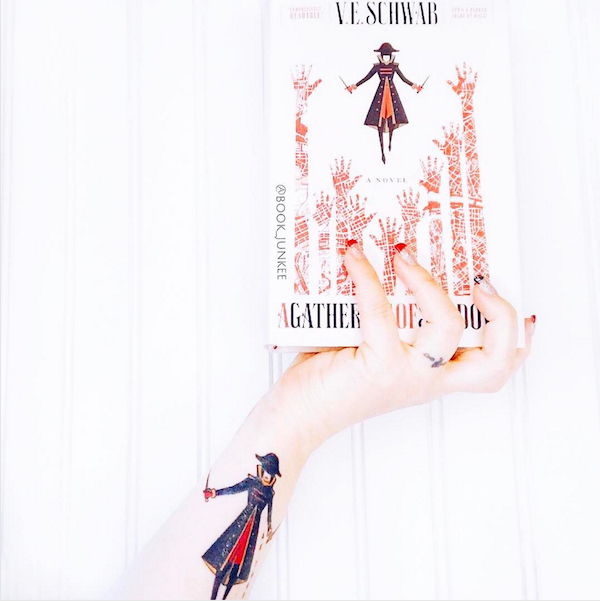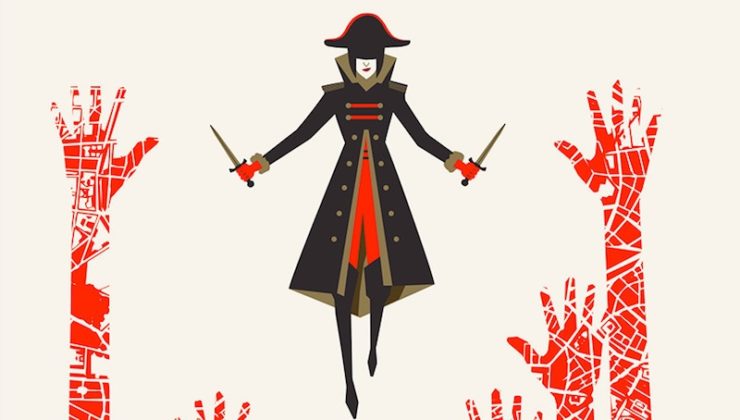After finishing A Gathering of Shadows, the second book in V.E. Schwab’s Shades of Magic trilogy, Book Riot contributor Nicole Brinkley made the case that Delilah “Lila” Bard is the true hero of Schwab’s epic fantasy series. Not only does cross-dressing thief (with dreams of being a pirate) Lila go through the archetypal hero’s arc, Brinkley writes, but it’s her, and not the male lead Kell, to whom Schwab designates those tropes in the first place.
Lila has become one of the series’ most beloved characters, not just for her scrappiness but also for the tropes she does subvert. Rather than be a non-damsel-in-distress who disguises herself as a man for access or protection, Lila “has no connection whatsoever to her gender,” Schwab explained via Twitter in 2015. “She’s gender fluid to the extent that someone in 1819 would intuitively be.” In a recent Reddit r/fantasy AMA for A Conjuring of Light, the trilogy’s conclusion, Schwab talked more about Lila’s gender identity and whether she could be considered non-binary.
pxsyparkinson asked:
Can you talk about Lila’s gender fluidity? She says a few times that she doesn’t mind being seen as a man or would rather people see her as a man. Would you consider her non-binary?
Schwab responded:
This is a really tricky question, because Lila is one of the only characters in the series rooted in a historical world, so while I think 2017 Lila could very well consider herself non-binary, the fact is that 1819 coding means Lila has no basis for that kind of consideration. In fact there is another degree of coding in Lila’s historical time, because of the extremity of male power over female power. Lila has little attachment to her gender, but she’s still the product of a real world.
Lila’s gender identity is just one example of the diversity in Schwab’s Magical Londons; Alucard Emery, another of the main characters, is gay, while Rhy Maresh is bisexual. But it’s Lila who was the inspiration for reader @book_junkee’s brand-new tattoo:











